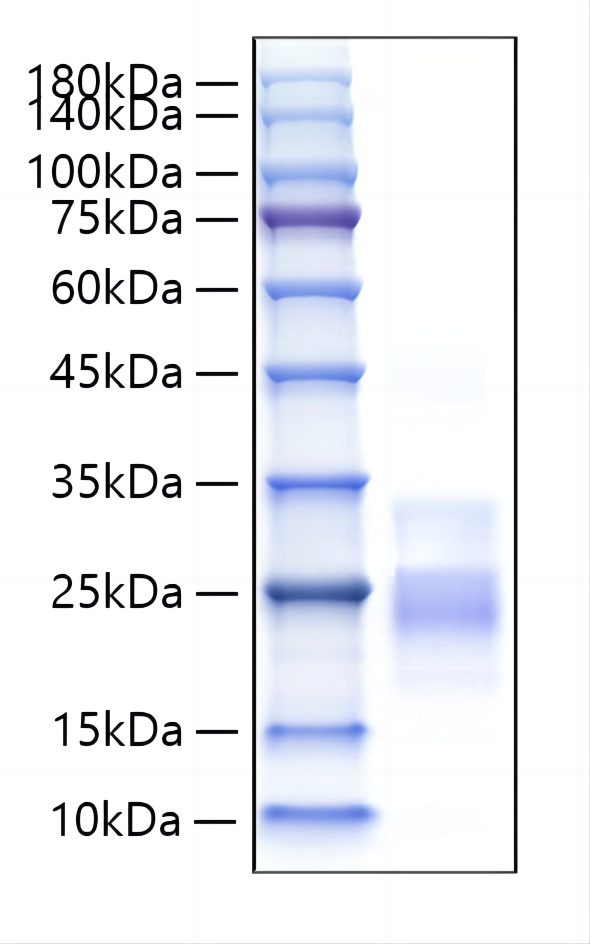CD30 Ligand (CD30L)/TNFSF8 is a type II membrane protein belonging to the TNF superfamily. CD30L is expressed on the cell surface of activated T cells, B cells, and monocytes. The protein is also constitutively expressed on granulocytes and medullary thymic epithelial cells. The specific receptor for CD30L is CD30/TNFRSF8, a type I transmembrane glycoprotein belonging to the TNF receptor superfamily. CD30 was originally identified as a cell surface antigen of Hodgkin's and Reed-Sternberg cells using the monoclonal antibody Ki-1. CD30 is also expressed on different non-Hodgkin's lymphomas, virus-infected T and B cells, and on normal T and B cells after activation. Among T cells, CD30 is preferentially expressed on a subset of T cells producing Th2-type cytokines and on CD4+/CD8+ thymocytes that coexpress CD45RO and IL-4 receptor. CD30 ligation by CD30L mediates pleiotropic effects including cell proliferation, activation, differentiation and cell death by apoptosis. CD30 can act as a costimulatory molecule in thymic negative selection and may also play a critical role in the pathophysiology of Hodgkin's disease and other CD30+ lymphomas.







